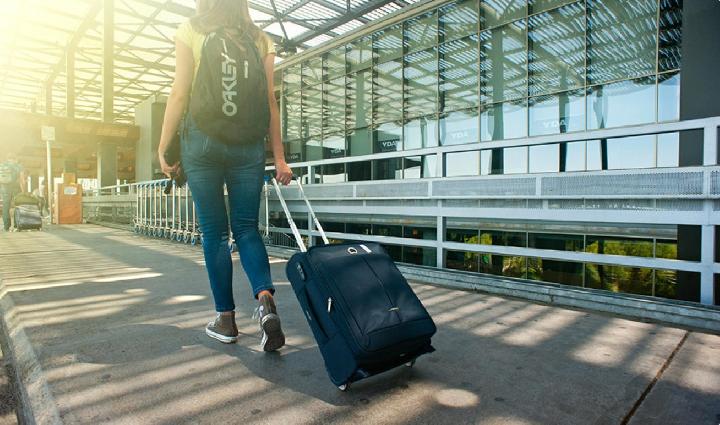Copyright FOX 9

Five decades after the tragic sinking of the S.S. Edmund Fitzgerald, the mystery of how and why it happened remains largely unsolved. But family members of the 29 crew members are opposed to any more diving expeditions to look for clues. Family memories and the ship's legacy What we know: Darren Muljo is the grandson of crewman Ransom Cundy, a U.S. Marine Corps veteran who fought in the battle of Iwo Jima in World War II and returned home to Michigan’s upper peninsula to work on the freighters of the Great Lakes. Muljo recalled how his grandfather eventually earned a job on the Edmond Fitzgerald. "I know he took great pride in it, as most sailors did," Muljo told FOX 9. "If you had a spot on the Fitzgerald, there was a certain status with that." Muljo was just five years old when his mother packed up the family in August 1975 and drove to Superior, Wisconsin, to spend time with her father and his best friend Freddie Beetcher while the Fitzgerald was in port. After spending a day at a park, they drove them back to the ship. "We watched him climb aboard with Freddie, and he waved down to us as we drove off," recalled Muljo. Three months later, the ship was lost in the storm. The wreckage and its mysteries What they're saying: Larry Elliott, part of a dive expedition to the wreckage of the Fitzgerald in 1994, noted the mystery of the open pilot house door, raising questions about the crew's actions during the storm. "You may think, OK the ship sunk, what’s the big deal?" Elliott told FOX 9 in a documentary on diving to the wreckage. "Well, the big deal is we weren’t sure why the pilot house doors were open. In a big storm you’d never unlatch the dogs on that door, these are big steel latches that prevent the door from being opened." The question was whether the force of the storm or the sinking broke the doors open. An inspection of the doors during one of the 1994 expeditions showed the dogs of the door were in fact open. "Even in the sub we were talking, and right away we said that indicates somebody tried to get out of the pilot house," said Elliott. But another expedition in 1994 also found a body. The controversial discovery eventually forced the Canadian government to consider the wreckage a grave site. In 2006, the minister of culture for Ontario wrote a letter to the families of the Fitzgerald crewmembers, including Muljo’s mother Cheryl Rozman, proclaiming the passage of a new regulation under the Ontario Heritage Act that protects the sites of shipwrecks. Anyone wishing to dive again to the Edmond Fitzgerald must obtain a license or face a $1 million fine. The ongoing debate What's next: Great Lakes historian Ric Mixter believes more can be learned about why the disaster happened by returning to the wreckage with advanced technology. "There are all kinds of questions that could be answered with a high-definition sonar," Mixter told FOX 9 for its documentary. "Or better yet, go down and count the hatch covers and let’s figure out how it broke apart." But surviving family members, including Muljo, oppose it. They believe the families have found closure and that the site should remain undisturbed. "We don’t need people snooping around. We don’t need people coming back up and sensationalizing the site," said Muljo. Muljo expressed confidence that Ontario officials will continue to protect the wreckage, emphasizing the importance of respecting the site and the memory of the 29 men who perished.



